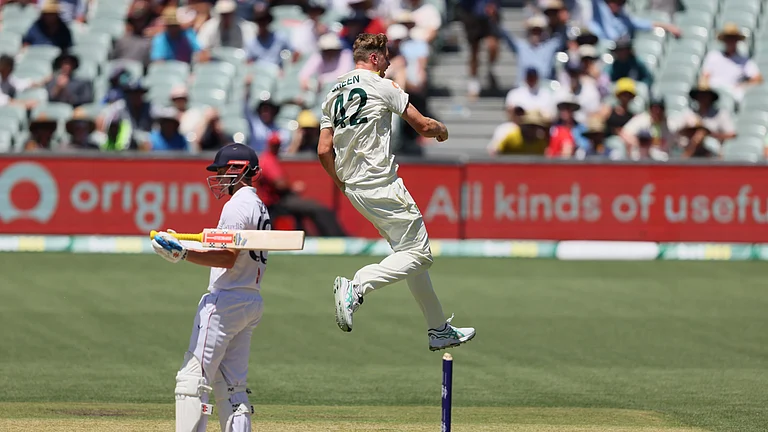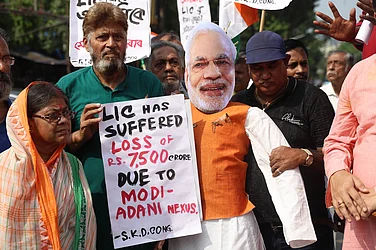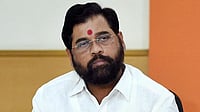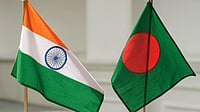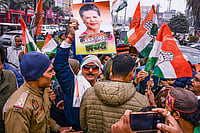| Big States | Small States | ||||
| Education | Healthcare | Education | Healthcare | ||
| 1 | Chhattisgarh | Kerala | Meghalaya | Goa | |
| 2 | Kerala | Tamil Nadu | HP | Sikkim | |
| 3 | Orissa | Karnataka | Uttarakhand | Uttarakhand | |
| Basic Infrastructure | Water & Sanitation | Basic Infrastructure | Water & Sanitation | ||
| 1 | Kerala | Tamil Nadu | Delhi | Sikkim | |
| 2 | Punjab | Kerala | HP | Goa | |
| 3 | Gujarat | Karnataka | Goa | Delhi | |
| Judicial Governance | Women Empowerment | Judicial Governance | Women Empowerment | ||
| 1 | UP | Tamil Nadu | Nagaland | HP | |
| 2 | Assam | Karnataka | Manipur | Meghalaya | |
| 3 | West Bengal | AP | Uttarakhand | Mizoram | |
| Employment | Environment | Employment | Environment | ||
| 1 | Chhattisgarh | Kerala | HP | Goa | |
| 2 | Tamil Nadu | Tamil Nadu | Tripura | Delhi | |
| 3 | UP | Gujarat | J&K | Meghalaya | |
| Citizen Security | Poverty Reduction | Citizen Security | Poverty Reduction | ||
| 1 | Gujarat | Punjab | Goa | J&K | |
| 2 | Tamil Nadu | Kerala | Sikkim | Goa | |
| 3 | Kerala | Karnataka | Delhi | HP | |
| How The States Rack Up | |||||
| 1 | Kerala | 77.11 | Goa | 70.77 | |
| 2 | Tamil Nadu | 74.12 | HP | 69.00 | |
| 3 | Karnataka | 69.87 | Sikkim | 64.28 | |
| 4 | Punjab | 68.88 | Delhi | 64.10 | |
| 5 | Gujarat | 68.63 | Uttarakhand | 61.64 | |
| 6 | AP | 67.47 | Tripura | 59.00 | |
| 7 | Chhattisgarh | 66.40 | Mizoram | 58.92 | |
| 8 | West Bengal | 64.06 | Meghalaya | 56.92 | |
| 9 | Rajasthan | 63.45 | Nagaland | 51.52 | |
| 10 | UP | 62.56 | J&K | 51.24 | |
| 11 | Orissa | 62.14 | Manipur | 48.02 | |
| 12 | Assam | 60.63 | |||
| 13 | MP | 59.40 | |||
| 14 | Jharkhand | 56.65 | |||
| 15 | Bihar | 55.25 | |||
Methodology
There are two important changes in the working of the second edition of the dsa. One, the previous year’s category of “citizen security & judicial governance” has been split into two distinct categories. Secondly, realising that capturing up-to-date citizens’ perception about human and social development is crucial, an opinion poll was undertaken by Nielsen across all the states. Like last year, each category has different parameters served up by kpmg—the jury decides the weights. The jury also decided the weights for primary and secondary data for each category. So, data for multiple periods was collated by kpmg and factored into the weights. In cases where data was not available, the data from the nearest period was taken. Data for all categories was normalised for computing the final score out of a total of 100. Finally, all states with over 10 Lok Sabha seats were classified as large; those with 10 or fewer were considered small.








